COVID-19 continues to claim lives and disrupt livelihoods around the world. While strengthening immediate relief activities Arun Balamatti recommends a few priorities for the future to the government of Karnataka, specifically for irrigated and dry land areas. He outlines a three-pronged strategy for dry land areas – reducing migration of small and marginal farmers to urban areas, keeping them productively engaged in their villages, and strengthening the seed system in favour of food and nutrition security.
CORONA VIRUS ALTERS THE WORLD
Just four months ago, in December 2019 to be precise, no one imagined that a trivial virus would shake the morale of almost every country in the world and that economies would take a beating. The speed with which the Corona virus is spreading and the pace at which the key sectors of the economy is tumbling is very disconcerting. Industries have shut down leading to loss of employment in the millions; surface, air and sea transport have come to a standstill severely jolting service sectors such as tourism and hospitality. The impact is global and phenomenal.
IMPACT ON AGRICULTURE WILL BE FAR-RANGING
Predictably, COVID-19 hasn’t spared agriculture. Make no mistake, the impact on agriculture is likely to be much worse than on the other sectors. While losses in the secondary and tertiary sectors are being keenly debated in Europe and the USA, we in India are even more concerned about the implications on the primary sector. Since a vaccine to combat COVID-19 remains elusive, the discussions and debates at the moment, are centred around how long? what next? what should governments do? how should industries be responding? how many lives will be affected? and how hard will livelihoods be affected? and so on. Serious efforts on rebuilding are yet to commence. Those of us who have learnt one important lesson in the last two months – that our health depends on what we eat and not on doctors’ prescriptions – have every reason to believe that there is going to be a significant shift in agriculture, globally.
Farming can neither halt nor wait
The immediate concern, however, is that once the measures of rebuilding are initiated the revival of industry and service sectors is likely to be much faster than of the agricultural sector for the simple reason that agriculture largely plays out at the mercy of the weather. On the other hand, although current losses in other sectors are enormous, the impact on agriculture is quite likely to be both in the near future as well as in the long run. The analogy in agriculture is not to a train, which stops when there is no driver or fuel and begins moving the moment you have both, but rather to time, which just must keep on moving. Lockdown or otherwise, everyone needs food at least twice a day, every day. More importantly, for farming to sustain, one needs to keep nurturing precious natural resources – soil, water and biodiversity. Farmers and farming have no choice but to keep going. Should COVID-19 continue to play havoc beyond June 2020 the impact is unlikely to remain limited to the economy alone. Our social and cultural foundations will also experience the tremors. Social media is already abuzz with messages announcing that the human race is not really indispensable to Nature.
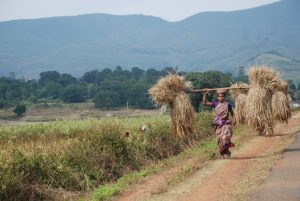
Currently, farming is facing two challenges on account of the national lockdown. One, the farmers are struggling to harvest their Rabi crop due to shortage of labour and the uncertainty of marketing. The panic is especially among those farmers who have grown highly perishable fruits and vegetables. Two, for the government, if this has to do with the challenge of ‘aggregation’ the other challenge is about ‘distribution’. Despite the existing supply and demand the restrictions on traders and the movement of vehicles have become hurdles affecting smooth distribution. The government, of course, has recognized these challenges and has swiftly moved into action on a war footing by listing farm produce as essential goods. The concern and proactive measures taken by the government are laudable.
The Present must not Eat into the Future
Just as it happens during every calamity – whether it be an earthquake or a flood – the commotion and shock following the calamity demand full attention and drain out resources. The immediate ‘relief’ works jeopardise the government’s ability to deal with post-calamity challenges viz., ‘rehabilitation’ and ‘reconstruction’. Therefore, to be able to effectively deal with both the short-term and the long-term impacts, the government should focus on planning and preparing for both these situations.
The Immediate Priorities
In the short run, the government should aim at strengthening its efforts of aggregation and distribution by roping in traders, transporters, Farmer Producer Companies (FPCs), software experts and start-ups. The government should address the immediate relief work through its ‘facilitation’ role by bringing together the various players ensuring maximum attention and minimum use of resources. The next priority should be on simultaneously initiating preparations for the coming Kharif and Rabi seasons.
What Lies Ahead
COVID-19 has come as a total surprise. The effects are expected to be widespread and unimaginable at this stage. In the middle of national lockdown 3.0, it is hard to predict the precise nature and scale of impact on agriculture. Two episodes in the recent past nevertheless offer some clues as to what could possibly be in store. One is the heart-wrenching image of migrant labourers walking from many cities back to their villages, and two, the anguish with which many farmers are either letting their crop rot in the fields or throwing it away on the streets. Both these incidents are bound to influence agriculture in different ways.
Agriculture is Multi-dimensional
The long-term implications of these two incidents are multiple. If our future plans are to be relevant and if those plans are to succeed, we must avoid one cardinal mistake, that of considering agriculture as uni-dimensional. A ‘one-size-fits-all’ approach to planning just doesn’t work in agriculture. Agriculture has two major dimensions: irrigated and dry land. They are two different forms that demand different sensitivities, strategies and plans.
Under irrigated agriculture a farmer is certain of one of the most critical resources – water. This very fact enables the farmer to look for technologies, urges him to invest, compels him to take regular care of the crop, and often assures him of a decent return. Therefore, there is scope for use of high yielding varieties and hybrids, mineral fertilizers and plant protection chemicals (PPC) in irrigated agriculture. ‘Wealth creation’ through high investment and returns are but natural expectations.
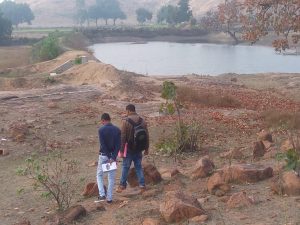
On the contrary, the often uncertain and ill-distributed rains are the only source for meeting the moisture requirement of the crops in dry land farming. Since rainfall is uncertain the farmer is always hesitant to accept technologies and invest in high-cost inputs. Under these circumstances farmers tend to look for crops and varieties that can be grown with minimum investment and care. Wealth creation, hence, is a distant possibility here. However, it is wrong to consider farming and farmers in dry lands as a drag on the economy. After all, it is the dry land farmers who generate their own employment and produce their own food.
PRIORITIES FOR THE PRESENT AND PLANS FOR THE IMMEDIATE FUTURE: PROSPECTS FOR KARNATAKA
In the context of the impact of dreadful COVID-19 here is an indication of how agriculture might unfold in two different situations based on which the Karnataka government could begin preparations to meet the challenges arising in the seasons ahead.
Irrigated agriculture
Karnataka has about 13 million hectares of arable land of which a mere 30 per cent is irrigated. Yet, the state has made a mark for itself nationally and internationally in coconut, banana, dairy, poultry, sericulture and vegetable production. The financial and the resulting psychological setback suffered by farmers on account of the national lockdown is bound to shrink the area and production of seasonal fruits and vegetables, especially the crops requiring expensive inputs. The possible reduction in area and production of fruits and vegetables, major sources of protein and vitamins, could affect nutrition security, more so among the poor; this is apart from the serious setback to the incomes of both the farmers and the State. The government should therefore plan a special package for farmers – providing critical inputs like seeds/seedlings, fertilizers and Plant Protection Chemicals (PPCs) on subsidy – and also announce encouraging procurement prices ahead of the season.
This is the most opportune time for the government to revisit the Horticultural Producers Cooperative Marketing and Processing Society (HOPCOMS). While the cooperative needs to be strengthened and geared up to play a major role in aggregation and distribution, the State appears to be reluctant to visualise such an opportunity. Being a typical cooperative, HOPCOMS is bogged down by issues such as lack of entrepreneurship, political interference and favouritism. Its infrastructure, such as ripening chambers, cold storages and the network of retail outlets, is selectively active and often underutilized. Waiting for the farmers to bring their produce to the designated procurement centres and procuring only part of the farmers’ produce has been a deterrent; the disconnect between the agency and farmers is only growing. It is an irony that the same Department of Horticulture, which is promoting FPCs throughout the State, is also running the HOPCOMS. The simplest way to turn the problem into an opportunity is to let some of the FPCs run the HOPCOMS in a few districts as pilots, and also experiment with outsourcing district units to start-ups. The worst thing to allow at this point is letting the production in irrigated areas decline – not on account of the challenges being faced by the farmers – but because of poor support systems. The situation calls for innovations in crop choices, production technologies, linking producers to consumers, and value addition.
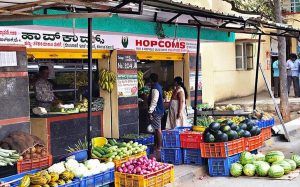
The government, at the moment, although appearing concerned and showing the inclination to walk the extra mile, is doing little. Except for allowing the farmers to sell their produce directly to consumers (which is not really possible and feasible for all farmers, and there shouldn’t really be a prohibition on such a practice in the first place) and pressing municipal corporations into door-to-door delivery of fruits and vegetables, there aren’t any impact-making policy shifts on the cards.
Dry land agriculture
As always, the enormity of challenges under any crisis is most severe in dry land areas. Harsh agro climatic conditions, lack of access to resources, and poverty are but a few reasons. The challenges in dry land areas will be more demanding due to its sheer magnitude. Of the 60 million total population in Karnataka 40 percent are farmers and farm labourers (24 m). About 70 percent of these are dependent on dry farming (nearly 17 m). The State has about 7.2 million landholdings of which 92 percent are below 4 ha (small and marginal holdings). Majority of the food crops such as coarse cereals, minor millets and pulses are grown in dry lands.
There should be a three-pronged strategy for dryland areas:
Reducing Migration: Cash-starved small and marginal farmers would prefer migrating to urban areas in search of wage employment at the immediately available opportunity leaving their farms fallow. But, since the construction, travel, tourism and hospitality industries in urban areas have been severely affected by COVID-19 and are unlikely to resume and reach ‘normal’ in the near future, most of the farmers exiting agriculture are unlikely to get gainful employment. There is a serious threat to income and food security in dry land areas.
Productively engaging farmers in the villages: The only means of easing this impending crisis is for the government to find ways of ensuring that farmers remain in their villages. This could be done by intensifying soil and water conservation activities in the next three months under the Mahatma Gandhi National Rural Employment Guarantee Scheme (MGNREGS) and encouraging farmers to grow hardy crops as the Kharif season commences. The government has earnestly initiated works under MGNREGS.
Strengthening seed systems: The next step is ensuring availability of adequate quantity of seeds of those crops that thrive in dry lands, such as sorghum, pearl millet, finger millet, minor millets, and many pulses. Although the government claims there is enough seed in stock, it was in anticipation of a normal season. There is now a ‘new normal’ where more area and most of the farmers need to be engaged in farming.
FINAL WORDS
Crises not only create problems but also throw up many opportunities. There are opportunities that could be turned into solutions. Thanks to research in dry land agriculture, there are resilient crops and varieties that promise both food as well as nutrition security. What is more, there are varieties that grow in 2-3 months. The International Crops Research Institute for the Semi-Arid Tropics (ICRISAT), Hyderabad, in partnership with state agricultural universities (SAUs), has developed super short-duration varieties of pearl millet, chickpea and pigeonpea. The government could encourage these institutions to pool the available seed material and immediately initiate large scale seed multiplication programme by SAUs, KVKs and farmers, so that the actual seed availability by July 2020 is a lot more than what it is now. The MGNREGS works for the immediate three months and the seeds made available for the following 3-6 months should ensure that farmers stay in villages where they belong, and do what they are best at – farming.

Dr Arun Balamatti is an Extension Professional, currently working at ICRISAT, Hyderabad. (arunbalamatti@gmail.com)

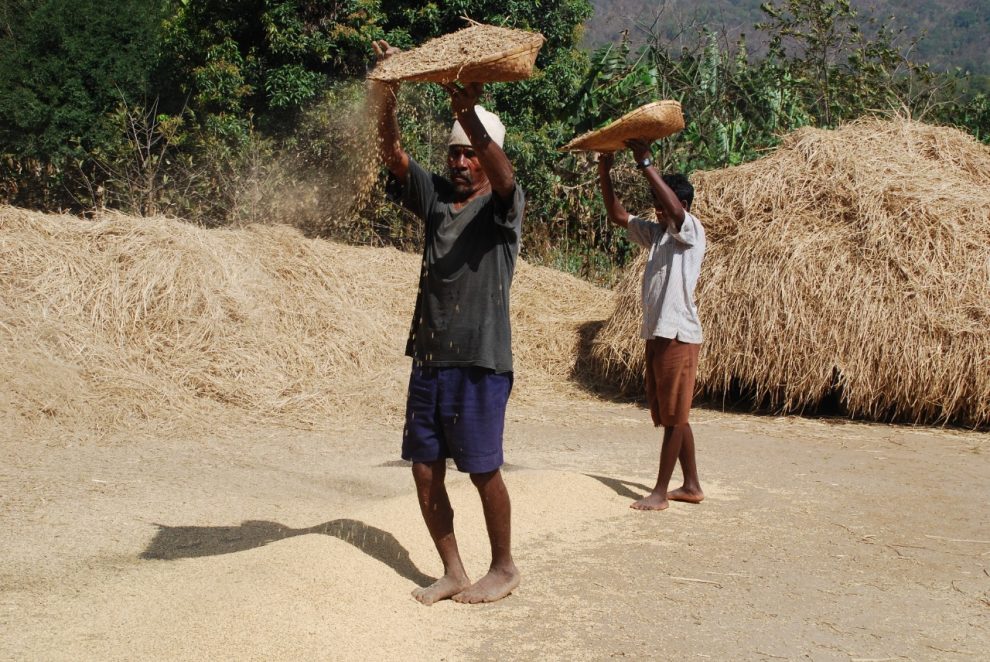
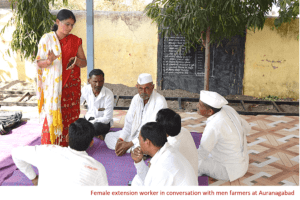
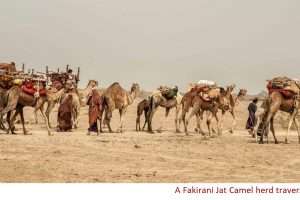
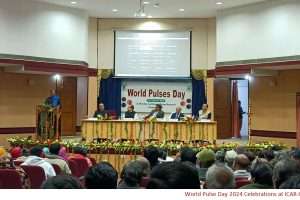
Congratulations to Arun Balamatti for very informative and updated blog. I am sure these most of these points would help us in getting into stability after this pandemic. thank you Aesa Gfras and crisp team.
Comments from:
Thanks Dr Arun Ji. This is it. You have put problems and the way out ; the crisis and opportunity in clear perspective. Let us all follow these and do the tasks ahead.
Best wishes and kind regards.
Congratulations, Dr.Arun. Very well articulated problems and opportunities and practical suggestions to move fast to rehabilitate and reconstruct agriculture to continue play its livelihood support role. Always enjoy reading your write ups! Great job by AESA, GFRAS and CRISP! Keep it up.
Very practical suggestions to rehabilitate and reconstruct agriculture under the adverse impact of COVID19 pandemic.Congratulations Arun.